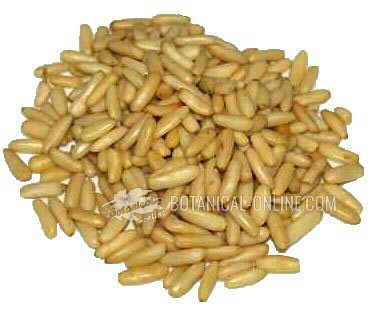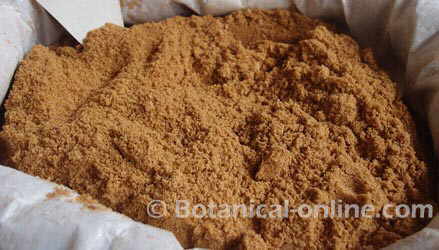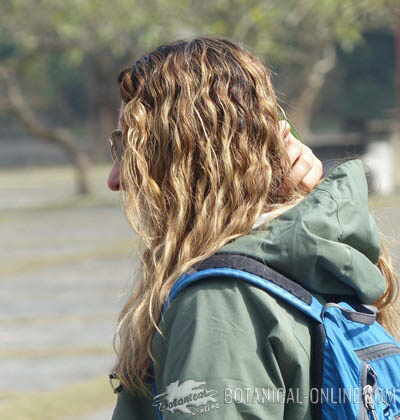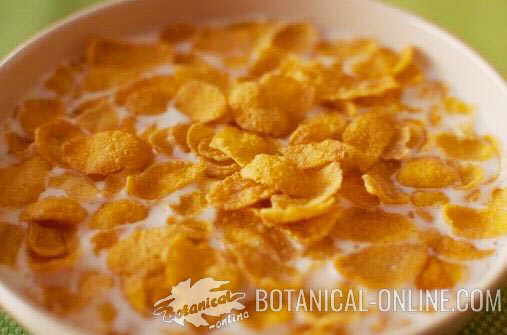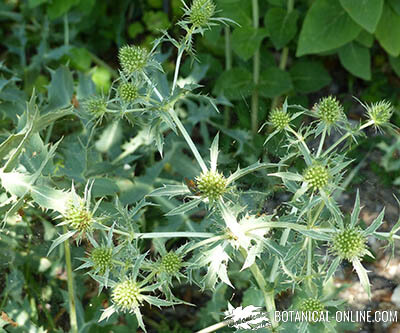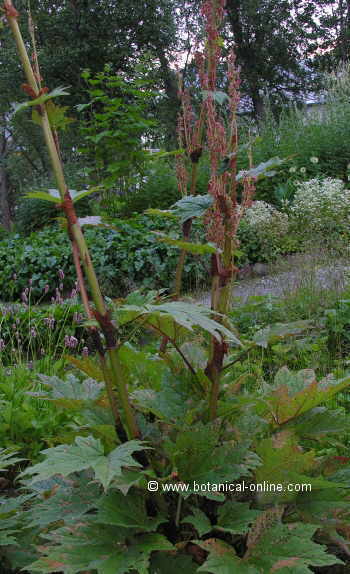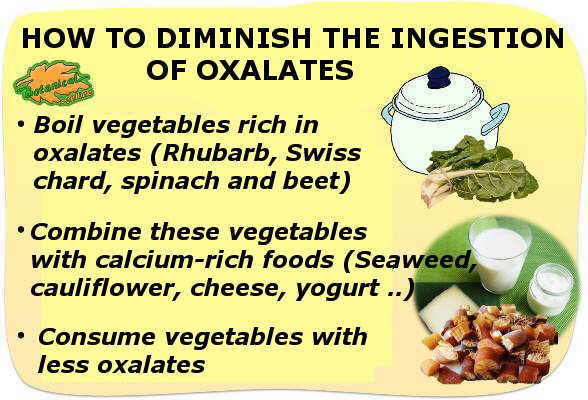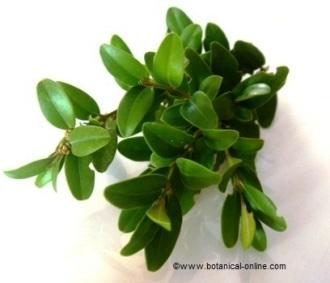Contents
Dangerous home remedies for children
I would be impossible to list all the potentially toxic medicinal plants for children. Below are listed only the home remedies that have been proven very harmful to children and those that attract the most hospital poisoning.
Dangerous essential oils for children
The majority of poisonings by plants in children are produced by the use of remedies or preparations with essential oils. Many cases of intoxication have been described, which can be more or less serious, depending on the type of plant, the concentration that has been used, and the sensitivity of the child to that plant.
Poisonings by essential oils can give problems as serious as ulcers, tachycardia or liver failure. For this reason these remedies are totally contraindicated in babies and children, both in internal use and external use.
- The use of essential oils in children is the main cause of poisoning by medicinal plants in children.
- Essential oils should not be used on children and should always be kept out of sight and reach.
| Adverse effects of essential oils described in children 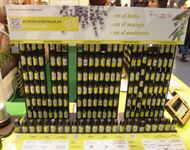 | |
|---|---|
| Essential oils | Adverse reaction |
| Essential oils (of any kind, for example, prepared with eucalyptus essential oil for colds) | Intoxication, drowsiness, ataxia, seizures, nausea, vomiting, dermatitisEssential oils should not be eaten !! Keep out of the reach of children |
| Pennyroyal essential oil (and others containing pulegone, such as peppermint) | Hepatic necrosis |
| Wormwood essential oil (and others with thujone, such as sage) | Seizures, dementia, tremors, headache, ataxia |
List of dangerous medicinal plants and their adverse effects
Below is a table with medicinal plants or home remedies with plants that can cause more problems or side effects in children, with the intention of informing about their correct use and preventing adverse effects.
| Adverse effects of described plants in newborns and children | |
|---|---|
| Medicinal plant | Adverse reaction |
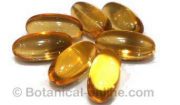 Borage Borage | Produced liver failure in newborn (mother during pregnancy) |
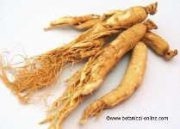 Siberian ginseng Siberian ginseng | Produced androgenization in newborn (mother during pregnancy) There is the case of a 12-year-old boy who suffered gynecomastia after consuming red ginseng for a month. The effects disappeared when leaving the treatment |
 Coffee and other drinks with caffeine, such as energy drinks, sports drinks, tea, guarana, chocolate and mate Coffee and other drinks with caffeine, such as energy drinks, sports drinks, tea, guarana, chocolate and mate | The consumption of a lot of caffeine during pregnancy is associated with low weight in the newborn (more than 250mg of caffeine, the equivalent of 3 coffees up to date) In children, high doses produce anxiety, nervousness and sleep disorders. |
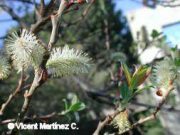 Willow and other plants with salicylates Willow and other plants with salicylates | The administration of plants with salicylates in children from 0 to 12 years old can develop Reye’s syndrome, a disease with serious results in the liver and brain, which is attributed to the use of aspirin when they have the flu or chickenpox. For the same reason, children should not be given aspirin either. |
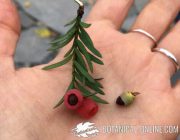 Yew Yew | The ingestion of a few leaves, seeds or branches of yew can cause fatal poisoning. You have to be careful because the plant produces very attractive little red balls. |
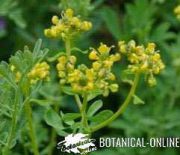 Rue Rue | There are no reports of toxicity, but in traditional medicine it is contraindicated in children. Photodermatitis has been described by contact with the plant due to its content of psoralens. It presents toxicity in adults |
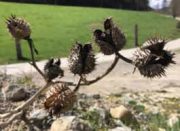 Stramonium Stramonium | Agitation, hallucinations, tachycardia, facial flushing, pupil dilation (mydriasis) |
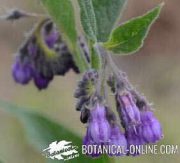 Comfrey Comfrey | Veno-occlusive disease of the liver, which in fatal cases can lead to liver failure. Other plants with pyrrolizidine alkaloids, also possibly contraindicated, are: borage, coltsfoot, viper plant; Echinacea (in lower amounts) |
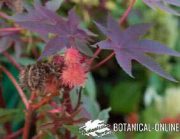 Castor oil plant Castor oil plant | Vomiting, diarrhea, abdominal pain, dehydration, shock |
 Nicotine Nicotine | Gastrointestinal pain, bronchospasm, weakness, paralysis, tachycardia, seizures |
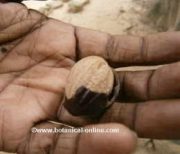 Nutmeg Nutmeg | Headache, hallucinations, vomiting and other consequences |
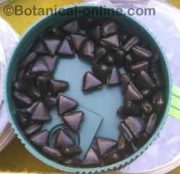 Licorice Licorice | The continued or excess ingestion of licorice candies produces hypertension, arrhythmia, hypokalemia, gastritis and hemorrhagic ulcer |
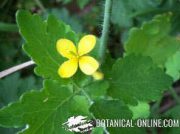 Greater celandine extract Greater celandine extract | Greater celandine extract produced fatal colitis in a 4-year-old child |
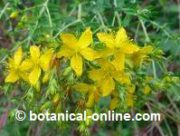 St. John’s Wort St. John’s Wort | Hypericum St. John’s Wort changes the effect of medications |
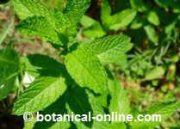 Mint infusion Mint infusion | It produced multiple organ failure in two children (Described by Bakerink JA et al., 1996) |
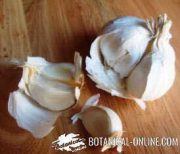 Garlic Garlic | Nausea, burns, erythemas, ulcers |
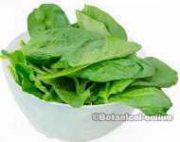 Spinach Spinach | Because of its nitrate content, spinach can cause blue baby syndrome. Plants rich in these components should be avoided: Swiss chard, goosefoot, amaranth, watercress, etc. |
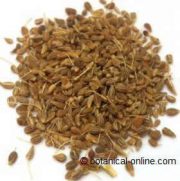 Anise (and other plants) Anise (and other plants)with much anethole) | It produced intoxication (lethargy) in infants whose mothers took huge amounts of infusion of these fruits (along with fennel, which also contains anethole). It could be taken sporadically as a spice. |
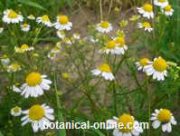 Chamomile Chamomile | In high doses it is emetic |
Other poisonous plants that produce poisonings
In the previous table, cases of poisoning by poisonous plants have been excluded, which are not the reason for this article. However, some of the aforementioned, such as nutmeg, comfrey, lemongrass or castor bean, are clearly not recommended plants, neither in adults, nor in children, due to their potentially dangerous effects.
There are many poisonings in children from the ingestion of indoor plants – most of which are toxic, such as diefembaquia (Diffenbachia spp.); or by ingesting very toxic garden plants, such as oleander (Nerium oleander) or lily of the valley (Convallaria majalis), toxic forest plants, such as rhododendron (Rhododendron ferrugineum) or aconite (Aconitum napellus), or berries and red fruits of the forest that are poisonous like carmine grass (Phytolacca americana).
* Keep reading: Suitable medicinal plants for children
28 July, 2021

